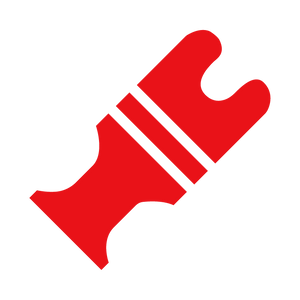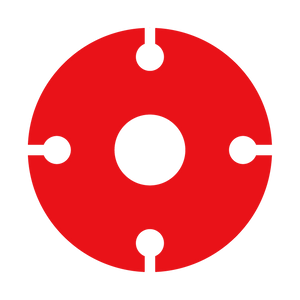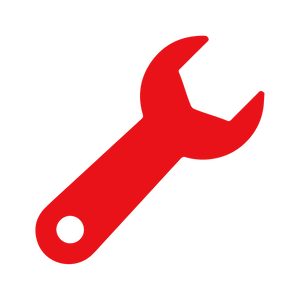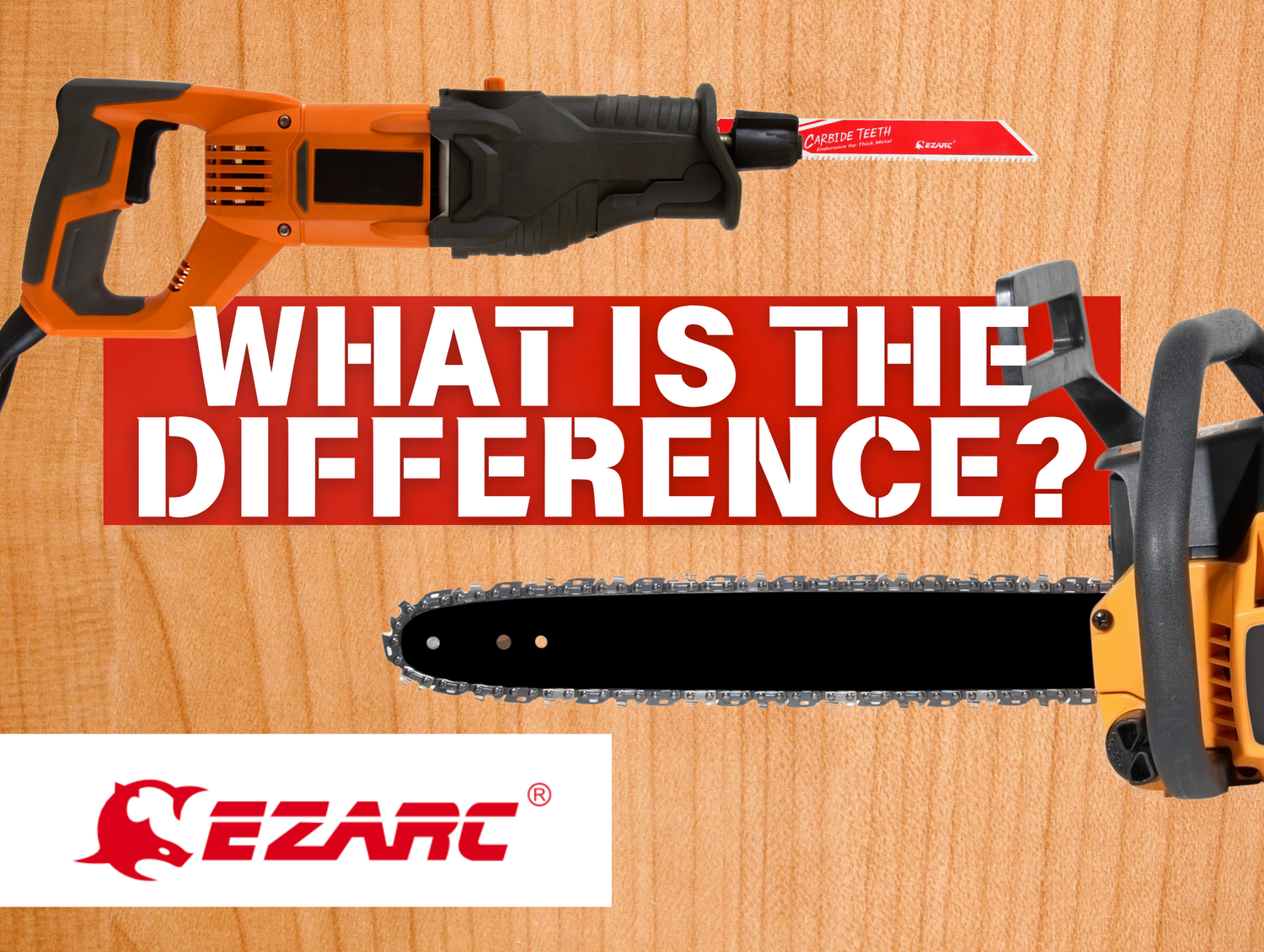Have you ever stood in a hardware store, eyeing rows of power tools and wondered: Do I need a chainsaw, a Sawzall or both? Whether you are a passionate DIYer, a skilled pro, or just someone curious about the world of saws, knowing the difference between these two tools will save you time, effort, and maybe even a few headaches. Let us dive deep into what sets these powerhouses apart and help you choose the right tool for your next project.
Understanding the Sawzall and Its Powerful Counterpart
What Is a Chainsaw?
The chainsaw is a classic – instantly recognizable and designed for heavy-duty work. Often used in forestry, landscaping, and serious outdoor projects, a chainsaw features a long guide bar wrapped with a chain armed with razor-sharp teeth, spinning relentlessly to cut through even the thickest wood.

Key Features of a Chainsaw
- Primarily used for wood: logs, branches, and trunks
- Powered by gas, electricity, or batteries
- Delivers immense power and rapid cutting speeds
- Requires more control and safety awareness due to risk of kickback
Gas-powered chainsaws are legends in timber work—think felling trees or slicing huge logs. For lighter landscaping tasks, battery and electric options deliver enough punch with less bulk.
What Is a Sawzall (Reciprocating Saw)?
Sometimes called the unsung hero of demolition work, the reciprocating saw brings versatility where brute strength falls short. Instead of a spinning chain, it uses a straight blade that moves back and forth at high speed—perfect for precision demolition and cutting a range of materials.

Key Features of a Sawzall
- Interchangeable blades for wood, metal, PVC, drywall, and more
- Highly portable – corded and cordless versions available
- Ideal for tight spaces and awkward angles
- Offers superior control and precision with less chance of kickback
Imagine you’re working between wall studs, cutting out old pipes, or quickly slicing through drywall—this is where the Reciprocating saw shines. Even if it’s not as fast as a chainsaw on big logs, its flexibility makes it invaluable for remodelers and repair work.
5 key differences between a chainsaw and sawzall
Chainsaw vs. Sawzall: Power and Performance
Performance is where the differences become clear. Chainsaws are the heavyweight contenders—they specialize in quickly tackling thick, dense wood. The power output makes them the tool of choice for:
- Tree removal
- Firewood cutting
- Clearing storm debris
On the flip side, the Reciprocating saw trades some of that raw power for greater adaptability. It will not outpace a chainsaw in trimming large trees, but it will handle multiple materials on the same job site—no need to swap tools constantly.
Handling and Safety: Which Tool Fits You?
Using a Chainsaw
Operating a chainsaw demands both strength and finesse. Controlling speed, angle, and pressure is vital to avoid hazardous kickback. Always remember these safety rules:
- Wear gloves, goggles, and hearing protection
- Keep a firm grip at all times
- Stay alert to avoid dangerous sudden jerks
Using a Sawzall
Reciprocating saws give you more control for precise cuts, especially in tight spaces. The risk of dangerous kickback is much lower, but safety is still crucial. Keep fingers clear of the blade, wear eye protection against flying debris, and maintain a steady hand.
Portability and Everyday Use
Chainsaws, especially powerful gas models, can be heavy and cumbersome. They are at home outdoors, tackling jobs where power and speed matter most. If you need to move frequently between indoor and outdoor tasks, lugging a chainsaw may slow you down.
Sawzalls are usually lighter and smaller. Cordless versions are ultra-portable, making them ideal for job sites with varied tasks. Swapping out batteries is quick, ensuring minimal downtime throughout the day.
Material Versatility
If your project is all about wood, chainsaws are unrivaled. But what if you suddenly need to slice through a metal pipe, plastic conduit, or drywall? That’s where the Sawzall becomes your best friend.
- Quick blade change lets you switch materials in seconds
- Great for renovations and repairs where surprises are guaranteed
Think of the Reciprocating saw as your multitasking MVP, while the chainsaw is your specialist for wood-based heavy lifting.
Maintenance: Keeping Your Tools Ready
Power tools are only as good as their upkeep. Chainsaws need regular chain sharpening, lubrication, tension checks, and—if gas powered—engine maintenance and careful fuel mixing.
Sawzalls are more low-maintenance. Swap blades depending on the material, keep it clean, and recharge or replace batteries as needed. Ease of maintenance means Sawzalls are always ready for action, even on hectic job sites.
Choosing the Right Tool: Practical Scenarios
- Planning to cut up firewood or clear fallen limbs after a storm? Go with the chainsaw for speed and power.
- Need to cut through drywall, metal pipes, or remodel a bathroom? Grab your Sawzall—it’s built for the challenge.
- Working outdoors on heavy branches but want portability and less noise? Try a battery-powered chainsaw.
- Handling projects with surprises hidden in the walls? The Sawzall’s blade versatility is unbeatable.
Which Saw Wins—Chainsaw or Sawzall?
So, do you need a chainsaw or a Sawzall? It all comes down to your project needs. If raw, relentless wood-cutting power is what you crave, nothing beats the chainsaw. But for adaptability, control, and all-round usefulness—especially with tough construction jobs—the reciprocating saw reigns supreme.
Now it’s your turn! Which tool would you choose for your next project? Do you have stories or tips to share about the Sawzall or chainsaws? Drop your thoughts and questions below – we love hearing from fellow tool enthusiasts!
If you found this guide helpful, don’t forget to subscribe for more deep dives into the history and expertise behind your favorite tools. Your next project is just a Sawzall (or chainsaw) away from perfection!

 Oscillating Multi-Tool Blades
Oscillating Multi-Tool Blades
 Reciprocating Saw Blades
Reciprocating Saw Blades
 Cutting & Grinding
Cutting & Grinding
 Hole Saw
Hole Saw
 Drilling
Drilling
 Sanding & Polishing
Sanding & Polishing
 Hand Tools
Hand Tools
 Metal Worker & Fabrication
Metal Worker & Fabrication
 Woodworking & Carpentry
Woodworking & Carpentry
 Electrical & Plumbing
Electrical & Plumbing
 Automotive
Automotive
 Concrete & Masonry
Concrete & Masonry
 Demolition
Demolition
 NEW ARRIVALS
NEW ARRIVALS






Hinterlasse einen Kommentar
Diese Website ist durch hCaptcha geschützt und es gelten die allgemeinen Geschäftsbedingungen und Datenschutzbestimmungen von hCaptcha.